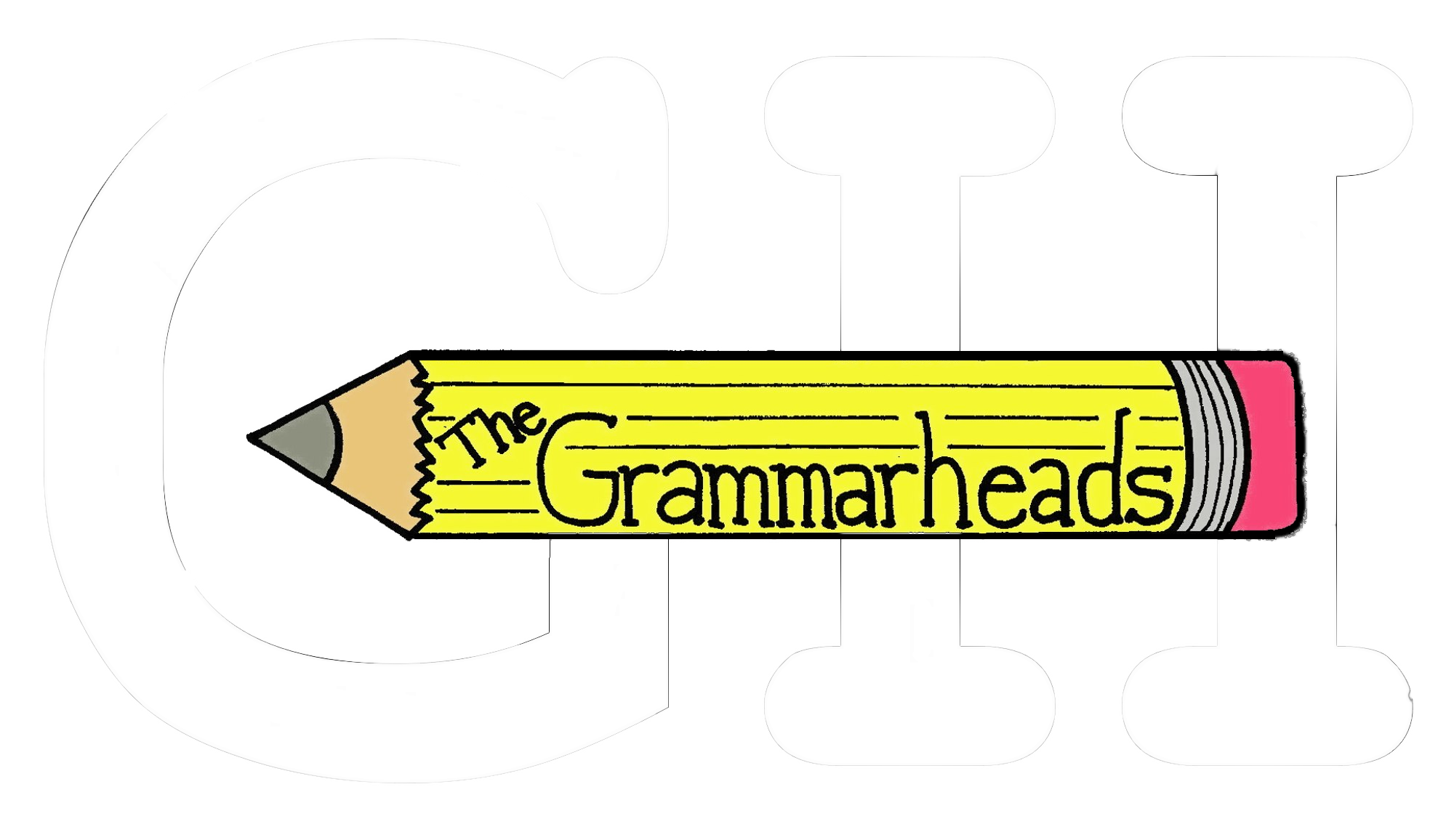How to Engage All Three Learning Styles
Engage Every Student Through the Three Learning Styles
- Each student learns differently, and the best way to teach them is to cater to those styles.
- The primary styles are visual, auditory, and kinesthetic.
- By focusing on the basics of each style, you’re able to cater to different learning styles in the classroom to draw the interest of each student.
When people open themselves up to learning, they open themselves to the world. Education is the key to every other aspect of life, and the person or teacher tasked with molding that education for students carries with them a great honor and responsibility. Taking that responsibility seriously means ensuring each student can learn at their pace with different learning styles in the classroom, soaking in knowledge and taking it with them out into the world.
Help them prepare by using these tips to engage all three learning styles.
What Are Learning Styles? Learn What the Term Means In Relation To Students.
We have all experienced trying to comprehend a subject only to hit a wall. We can try and try, but it’s not until we see the content in a new light that things start to click. That is an example of a learning style.
The idea that everyone learns differently and might fit under different umbrellas first gained popularity in the 1970’s. Since then, educators, researchers, and scientists have worked to develop a detailed breakdown of these various styles and how they can be understood and then employed in the classroom, at work, and even at home.
The theory that has taken the best root in the educational sphere belongs to Neil Fleming. The New Zealand educator theorized the three learning styles are visual, auditory, and kinesthetic. He also posed a fourth style, reading and writing, although that can be folded into the other three.
How Does Each Style Differ?
The entire concept of learning styles is that they vary and, therefore, require different learning styles in the classroom, allowing each student the chance to grasp the curriculum in the way they’ll best remember the information. Let’s break down each style’s differences before moving on to how to engage them.
- Visual: If you and a student learn with the visual style, that means you prefer seeing the information in a visually stimulating way.
- Auditory: Much like visual learners, this one feels self-explanatory. Auditory learners understand things best when they hear them.
- Kinesthetic: Of the three learning styles, kinesthetic is the most hands-on. These students learn through doing, touching, and experiencing things first hand.
Engage Different Learning Styles in the Classroom
Visual
Visual learners want to see what they’re learning and that is how they take in the world around them. Even while engaging all five senses, the sense of sight takes precedence. You want to engage them with stimulating things such as charts, graphs, word art, or illustrations.
Rely on bright, contrasting colors and shapes that indicate the importance of the message. These are things that draw the eye and capture attention. It might seem rudimentary, and the tactics often work for those in elementary classes still figuring out their learning style. Still, those who are drawn more to the visual aspect of the three learning styles will continue to be drawn to that for the rest of their lives.
Visual learners often express their interests in that way, making them especially creative and drawn to art. Encourage that in those students by letting them create projects around subject matter that stretch that artistic muscle. This will help them retain the information better.
Visual aids like graphs and charts can be placed around the room and used in literature, but don’t hesitate to implement them into lesson plans as well, perhaps in presentations and lectures. This acknowledgement of the three learning styles shows you aren’t locking yourself into one teaching style but instead making an effort to reach all students with different learning styles in the classroom.
Auditory
Students who have an auditory learning style love to hear the lesson plan. They often thrive by listening to lectures, debates, or books on tape. Even movies are great for auditory learners because they can hear the story. If these students aren’t taking notes while listening, don’t fret. They can still take in and retain the information just by hearing it.
Engage these students by giving detailed assignment instructions, turning lesson plans and facts into stories, and setting subjects to music. Utilize The Grammarheads library of rock, country, and pop songs covering various subject matter to find the lesson plans that can be used in your classroom to excite your students who are drawn to the auditory aspects of the three learning styles. And if you don’t see a particular subject, don’t forget, you can always request a song!
Kinesthetic
Those who are kinesthetic learners prefer to learn through doing. They need to experience things. For some, this can mean they are tactical and could best grasp something by creating a project, building a diorama, or physically touching items, such as when doing a science experiment.
For the other subjects, you can engage kinesthetic learners by getting them up and moving around. Let them act out a scene telling the story of a history lesson, or create a skit from a story you’re studying in literature. Of all the different learning styles in the classroom, kinesthetic learners can most benefit from actually leaving the classroom. Going on field trips allows them to be in the lesson and absorbed by the subject matter.
Conclusion
Every student’s education is essential, but every student takes in information differently. Build on all three learning styles with different approaches and tips peppered throughout your lesson plans to engage each and every mind.



